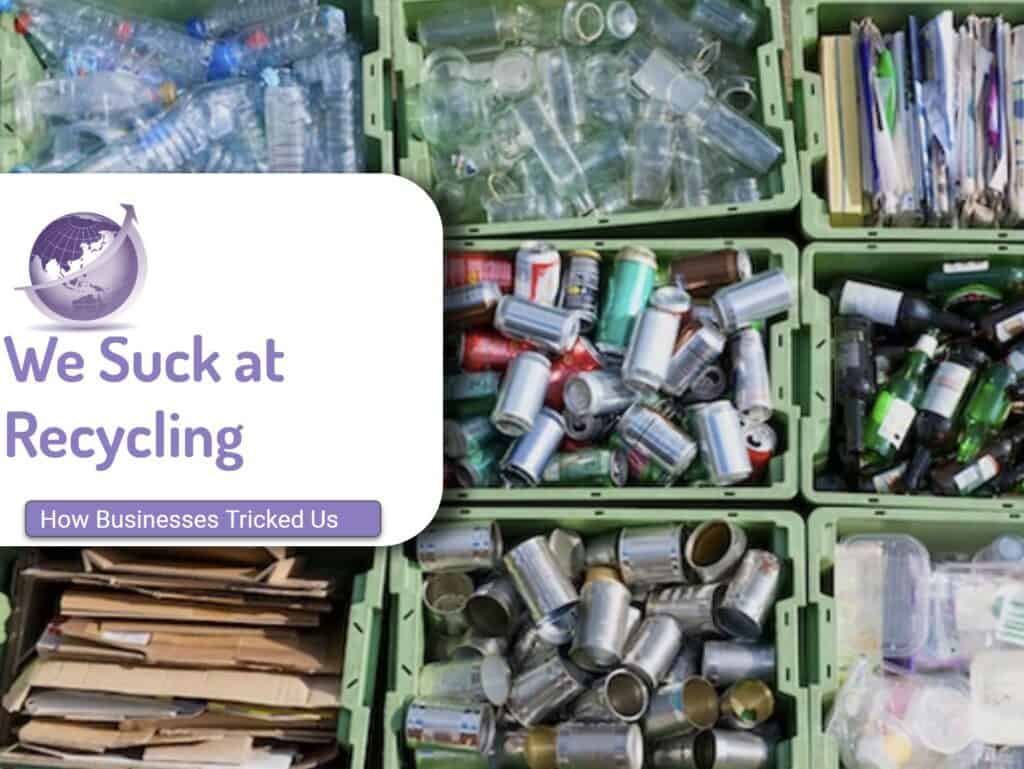The hunt for increased efficiency with perovskite and other technology has been in progress for over 20 years. Media articles have reports seemingly weekly with some new breakthrough. Renewable energy is growing exponentially with a pledge by 120 countries to treble renewable energy deployment by 3 times by 2030. Today’s solar panels use silicon-based cells but are rapidly approaching their maximum conversion of sunlight to electricity of 29%. The best of the commercial solar is about 23%.
The cost of solar panels is now the cheapest part of the solar system – inverter, installation, connection to the grid, and soft costs are the majority of the costs. Solar costs have been reduced to where electricity production is less than $0.05c/kWh. Continued investment and robotics for deployment (Example 5B Systems) could further decrease costs. Initiatives to improve solar panel efficiency include the following
- New materials such as Perovskite, organic photovoltaic (OPV) solar cells and quantum dot solar cells (QDSC). All have potential to be more efficient than silicon for solar cells.
- New manufacturing techniques such as roll to roll
- New structures, such as stacking different types onto the panels such as double-layer

Increased Solar Efficiency with Perovskite
Perovskite (Wikipedia), another semiconductor, was first introduced in 2009 at 3% efficiency. R&D has increased that from 10% in 2013 to over 33%. The focus has changed from simply replacing silicon to complementing the silicon.
The breakthrough is adding a layer of perovskite, another semiconductor, on top of the silicon layer. This captures blue light from the visible spectrum, while the silicon captures red light, boosting total light captured. More energy is absorbed per cell, and perovskite has outperformed silicon since 2016. Getting them widely adopted is a challenge as is short- and long-term stability. It appears that perovskite now will be used in tandem with silicon
The amount of lead and the necessity of recycling have slowed down the adoption.
Don’t expect to have these panels for another 5 years.
Silicon Marches On.
For the latest in silicon solar based technology checkout out the Solar Panels Review at https://www.cleanenergyreviews.info/blog/latest-solar-panel-cell-technology where they explore these different panels types.
- HJT – Heterojunction cells
- TOPCon – Tunnel Oxide Passivated Contact
- Gapless Cells – High-density cell construction
- PERC – Passivated Emitter Rear Cells
- Multi Busbar – Multi ribbon and micro-wire busbars
- Split cells – half-cut and 1/3 cut cells
- Shingled Cells – Multiple overlapping cells
- IBC – Interdigitated Back Contact cells
Specialised Silicon and Other Materials
Other technologies, such as multi-junction cells, have efficiencies as high as 47%, but these are very expensive to produce and are suitable for niche uses such as on space satellites or when sunlight is highly concentrated on to the cells. Raygen in their concentrated solar use such technology.
References
- Perovskite Wikipedia https://en.wikipedia.org/wiki/Perovskite_solar_cell
- Revolutionary’ solar power cell innovations break key energy threshold The Guardian 2023
- Bifacial Solar Panels: How You Catch Sunlight From Different Directions CNet 2023









